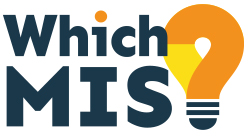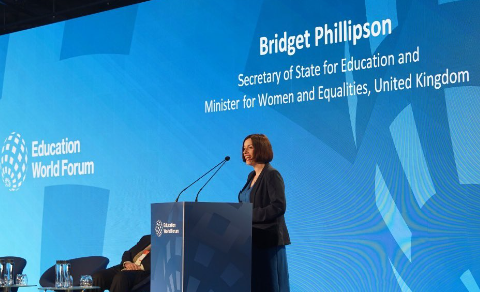At the recent Education World Forum, the Secretary of State for Education, Bridget Phillipson, laid out a clear vision: technology will play a central role in reducing teacher workload, improving school efficiency, and enabling smarter decisions. For schools, this marks a shift that is less about “what tech” and more about “how tech integrates.” Here are the key takeaways:
1. AI Tools Will Shape Expectations Beyond Teaching
Oak National Academy’s development of Aila—an AI-powered lesson planning tool—signals a new era of teacher-facing automation. While primarily aimed at classroom staff, these tools will generate data, create workflows, and interface with content repositories—all of which touch MIS. Schools should prepare for questions around compatibility, data storage, and analytics integration.
2. Attendance Data Will Be Centralised and Shared
The “View Your Education” platform is designed to let schools, trusts, and LAs track attendance trends in real time. For schools, this means more accountability and opportunity. Data from multiple systems may need to be harmonised, and decisions will increasingly rely on accurate, comparable metrics—placing the MIS at the heart of school improvement.
3. DfE Connect Will Streamline Financial Admin
The expansion of DfE Connect to all state schools promises to simplify budgeting, funding queries, and procurement. Schools can expect reduced paperwork and more bench-marking tools—but also increased scrutiny over financial choices. Integration with existing finance systems will be essential to avoid duplication.
4. Assistive Tech Training Will Drive Inclusion—and Admin Impact
From 2025, all new teachers will receive mandatory training in assistive technologies. While this improves classroom accessibility, it also means admin teams may need to track more detail about support provision, tools issued, and outcomes—another area where MIS capability matters.
5. AI Safety Frameworks Add a New Layer to Procurement
The DfE’s new AI Product Safety Expectations, developed with major tech firms, offers a much-needed framework for evaluating EdTech tools. For schools, this adds confidence—but also responsibility. Due diligence will now need to cover AI safety, data protection, and ethical use, especially as AI becomes embedded in MIS and communications platforms.
6. The Secretary of State for Education also announced that the department is investing more than a million pounds to test the EdTech we’re using in schools and colleges.
Working with the Open Innovation Team, the department plans to engage with the sector to understand what works and what doesn’t. They plan to look at the EdTech tools used by schools to see how they can improve things like staff workload, pupil outcomes and inclusivity.
One phrase sticks out: “Evidence must be at the heart of all we do, on EdTech and right across education.”
How will this affect the EdTech sector? Well, for one thing, we will all need to show evidence that whatever we claim for our products is actually true. This is likely to impact MIS platforms, in particular, since so many now have functionality across multiple areas in their ‘one-stop-shop’ approach.
How will they go about evidencing their claims that their products and functionality can reduce workload, or improve outcomes etc?
These developments reflect a broader trend: expectations are rising for smarter, joined-up systems. Schools, and School Business Managers especially, will increasingly need to act as data stewards, procurement strategists, and digital risk managers—all while ensuring value for money.
The tools are coming—but integration, insight, and impact will depend on how well systems and processes are aligned. The MIS is no longer just a back-office system—it’s becoming the central nervous system of the modern school.
From the speech, it seems that interesting times are ahead for the sector, but with little ‘evidence’ from the department that school funding will improve – perhaps we need to turn their words back on them and ask the department to provide evidence that their funding approach will also improve staff workload, pupil outcomes and inclusivity.
Read the full speech on gov.uk.

